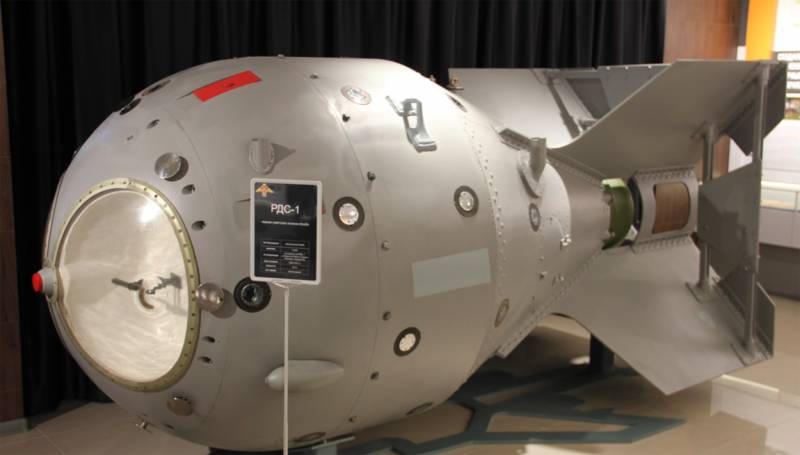Domestic nuclear projects: from RDS-1 to Sarmat
This year marks the 80th anniversary of the creation in our country of Special Laboratory No. 2, the place where it was entrusted to develop the first Soviet atomic bomb. The start of work proceeded in a forced mode. There were reasons for that. The fact is that Soviet intelligence reported to Moscow that Washington and London had made serious progress on the path to creating nuclear weapons. And if the Soviet leadership had delayed making the appropriate decisions, then who knows what path our and the entire world history would have developed in general.
The head of the project was appointed 40-year-old physicist Igor Kurchatov at that time, whose candidacy was personally proposed to Stalin. At first, the head of the Soviet state had considerable doubts that Kurchatov was capable of not only creating nuclear weapons, but even keeping the work of a large team under effective control.
However, in the end, it was Igor Vasilyevich, together with his colleagues in the workshop, who did what made a huge contribution to the course of history.
Yes, the Soviet atomic bomb appeared a few years later than the American one. However, the very fact that work was being done to create nuclear weapons in the USSR to a large extent sobered those who called themselves allies during the Second World War.
The first Soviet air bomb RDS-1 was tested at the Semipalatinsk test site on August 29, 1949. The effect of this test was truly stunning. After all, the USSR proved that it has a huge potential in technology, that its intelligence works at the highest level, and that it is able to test weapons not on thousands of people, as the Americans did in their time, but on a special training ground.
Today, Russia, having gone from RDS-1 to Sarmat, is in first place in the world in terms of nuclear arsenal.

Information